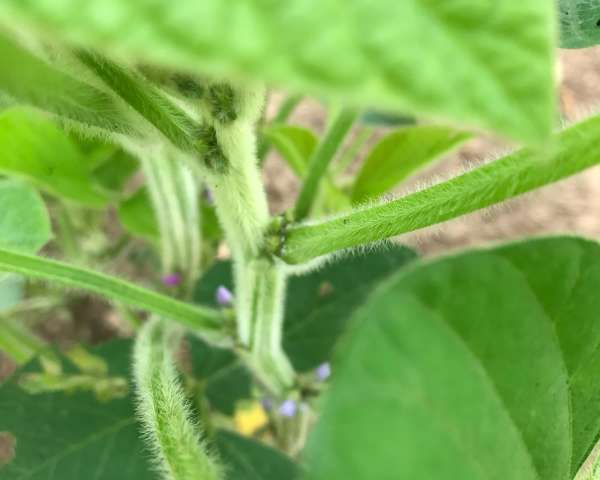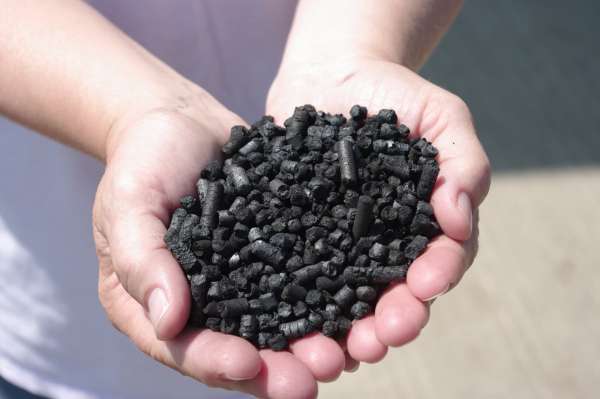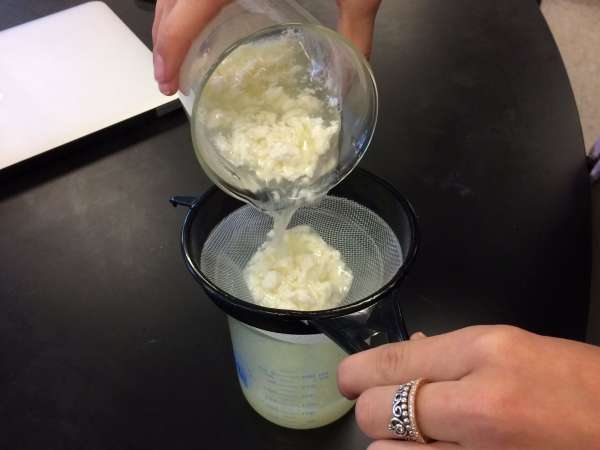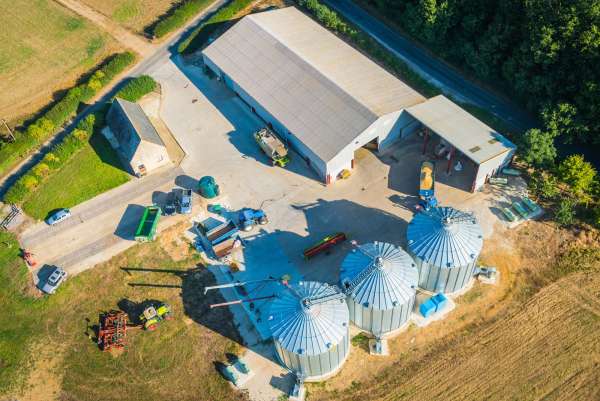Nitrogen fixation and legumes: say what?
As the plants grow, students analyze and maintain records of their plant’s progress. Students will become familiar with the vegetative and reproductive stages of the soybean (more information and pictures of these stages can be found at the OSU crop extensions sites). Students keep records of the dates in which they observe these reproductive transitions. See teacher background →
Lessons
# What is nitrogen fixation?
Students learn about nitrogen and its role in soil and plant growth.
Files
Teacher background
Nitrogen is the most common limiting factor of the nutrients in ecosystems. Nitrogen is naturally made available to plants through a series of steps, the nitrogen cycle. In farming systems, the nitrogen cycle does not provide enough (quickly enough) of the nitrogen required in a field of crops all planted at the same time. That is why farmers apply fertilizers in various nitrogen forms for the different growth stages of plants. However, there is a family of plants, Fabaceae, legumes, that have an adaptation to live in a symbiotic relationship with microbes in the soil that fix bacteria naturally.
Throughout the life cycle of a plant, there are stages for growth (vegetative) and reproduction. These stages follow a step-wise progression, but are affected by other abiotic factors, such as the amount of rain, temperature and the amount of light (photoperiod). Due to the latitude of the earth, there are varying lengths of daylight across the earth, throughout the year, even during the same season. This lesson investigates the effect of those different lengths of daylight on vegetative and reproductive stages of soybean growth. (See teacher handout for more information.)
Next gen science standards
Science and engineering practices
- Analyzing and interpreting data
Crosscutting concepts
- Cause and effect
- Systems and system models
Disciplinary core ideas/content
- ESS2E Biogeology
- LS1B Growth and development of organisms
- LS2A Interdependent relationships in ecosystems
- LS2B Cycles of matter and energy transfer in ecosystems
- PS1B Chemical reactions





Share this